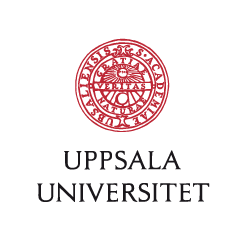 What characterizes a research scandal? In a short article in Hastings Center Report, Carl Elliott uses as an example the case of Paolo Macchiarini at the Swedish Karolinska Institutet.
What characterizes a research scandal? In a short article in Hastings Center Report, Carl Elliott uses as an example the case of Paolo Macchiarini at the Swedish Karolinska Institutet.
Macchiarini’s deadly experiments with stem cell-covered artificial trachea, transplanted to patients who did not have life-threatening diseases, have unique features linked to the personality and charisma of the researcher. However, the scandal resembles other scandals on one point, Elliott says. Whistle-blowers who use internal channels at the home university to handle research misconduct often fail. Justice is not done until the press reveals the scandal. In this case, a Swedish documentary film, The Experiments, exposed the scandal.
If Elliott is right, I personally draw two conclusions. The first is that investigative journalism is important. It reveals misconduct that would otherwise not be exposed. My second conclusion is that we cannot be satisfied with this.
Angry customers who want to force the shop assistant to correct what they think went wrong can threaten: “If you don’t fix this, I’ll contact the local newspaper.” A responsible person who suspects research misconduct should not have to act in a way that others can interpret as partial exercise of power. It poisons the situation and increases the risk for the whistle-blower.
If internal channels often fail to handle research misconduct, as Elliott claims, a system of external management is required. Therefore, it is good that a Swedish public inquiry recently suggested that an independent agency should investigate suspected research misconduct.
Contacting the media should not have to be “the way” of effectively exposing research misconduct; it is a way out if the standard way fails. If the way out often is required, something is wrong with the way.


Recent Comments